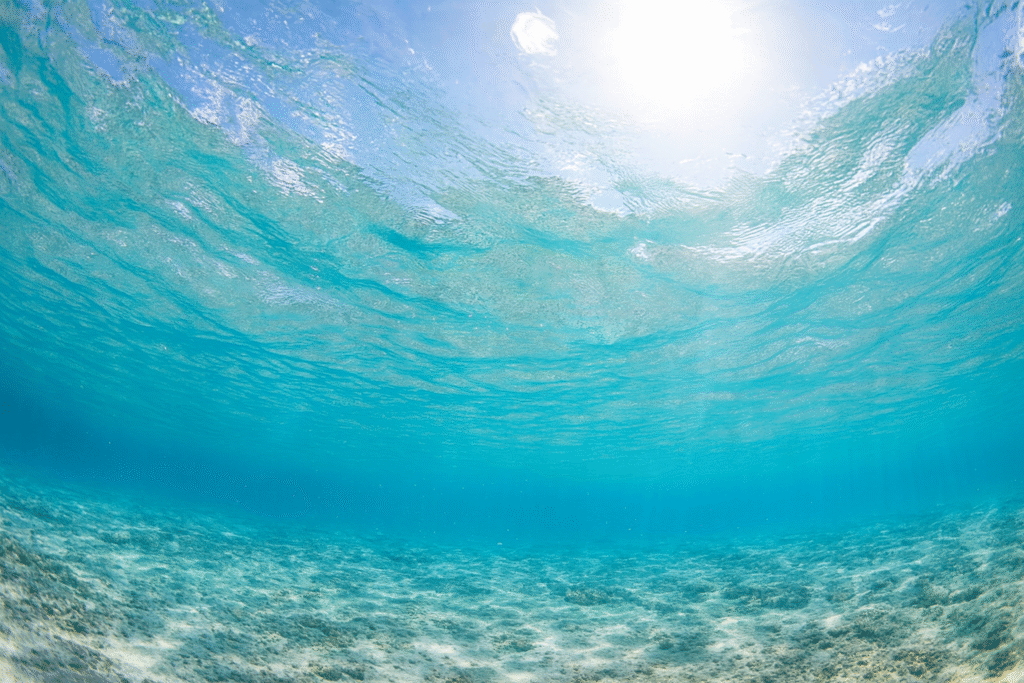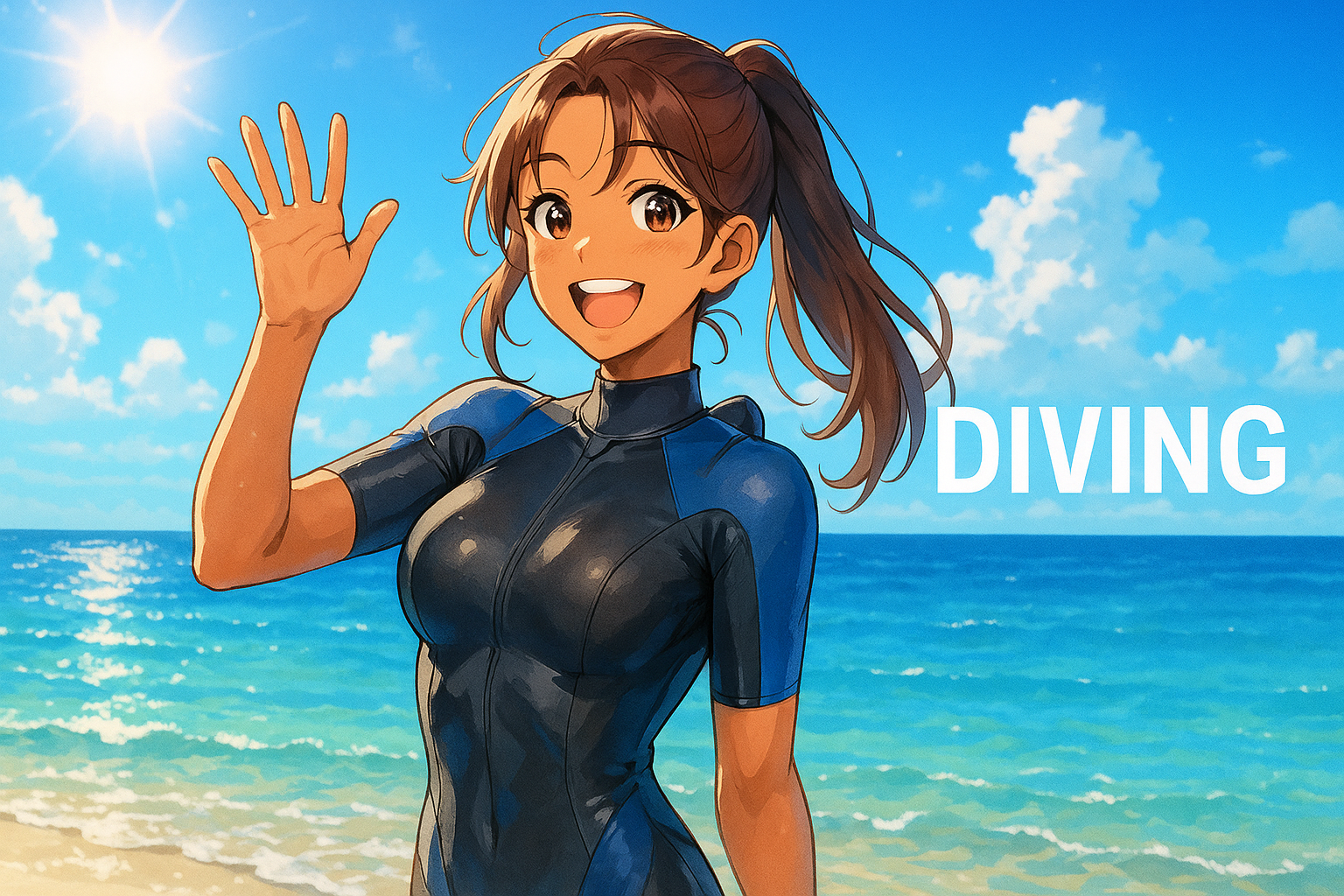I’ve always loved how anime can make the ocean feel almost magical. But the day I first slipped beneath the waves in Japan, I realized something incredible—sometimes, reality can outshine even the most beautiful animation frames.
If you’re an anime fan and a traveler at heart, Japan’s coastline offers a world far beyond temples, cherry blossoms, and neon cityscapes. Here, beneath the surface, you’ll find coral gardens glowing in shades you’ve only seen on screen, sea turtles gliding as gracefully as anime characters, and a serenity that makes you forget the world above.
In this guide, I’ll take you through my favorite anime-inspired diving spots in Japan, the best times to visit, and how to plan your own underwater adventure—even if you’ve never dived before.
How Anime Makes the Ocean Even More Magical
When I watched Amanchu! for the first time, I was struck by how it captured the quiet thrill of breathing underwater. The sunlight rippling through turquoise water, the sound of your own bubbles—it’s the kind of peaceful joy you can’t really understand until you’ve experienced it yourself.
If you’ve ever paused an anime scene and thought, “I want to be there,” Japan is where you can make that wish real.
Best Anime-Inspired Diving Spots in Japan
Here are four destinations where anime-like beauty meets real-world accessibility.
Okinawa Islands
Best Season: April–October
Water Temp: 77–84°F / 25–29°C
Travel: 3-hour flight from Tokyo
The moment I landed in Okinawa, the air felt warmer, softer. A short boat ride later, I was floating over white sand so fine it looked like powdered sugar. The coral gardens here are alive with color—neon blue damselfish darting past, clownfish peeking out from anemones. It’s the kind of scene that would make a perfect anime opening sequence.
💡 Tip: Many shops offer English-friendly “Discover Scuba” courses for beginners, starting around ¥12,000 ($80 USD). If you’re not ready for scuba, snorkeling here still feels like swimming in a living painting.
Izu Peninsula (Shizuoka Prefecture)
Best Season: May–September
Access: ~2.5 hours from Tokyo by train (about 75 miles / 120 km)
Izu has a rugged, cinematic coastline—think cliffs, hidden coves, and underwater volcanic formations. My dive here felt different: darker blues, swaying kelp forests, and the occasional flash of a curious sea lion. It reminded me of anime scenes set in mysterious, slightly dramatic seascapes.
Pro tip? Pack a light jacket for the surface intervals—coastal winds can be surprisingly cool even in summer.
Amami Oshima (Kagoshima Prefecture)
Best Season: May–October
Access: Direct flights from Tokyo or Osaka (~2 hours)
This island feels like a blend of two worlds—tropical coral reefs alongside temperate marine life. I remember surfacing here at sunset, the sky melting from orange to pink, and thinking it looked like a Studio Ghibli background.
If you visit, try a night dive. Watching bioluminescent plankton sparkle in the dark feels like drifting through a starfield.
Kerama Islands (Okinawa)
Best Season: Year-round (peak visibility in summer)
Special Note: Protected marine area
The locals call it “Kerama Blue” for a reason. The water here is so clear it’s like swimming in liquid glass. On my dive, two sea turtles glided past me, unbothered, as if I wasn’t even there. Moments like that are why I keep coming back.
💡 Good to know: Boat dives often include hotel pickup, making it stress-free even if you don’t speak Japanese.
Tips for First-Time Divers in Japan
If diving feels intimidating, start with a “Discover Scuba” experience—no certification needed. Most tours include:
- Safety briefing in English
- Shallow-water practice
- Guided dive with an instructor
What to bring:
- Swimsuit & towel
- Reef-safe sunscreen
- Underwater camera (trust me, you’ll want it)
And don’t worry—dive guides are patient and used to working with beginners. I was nervous my first time too, but once I took that first breath underwater, all the fear melted away.
Travel Planning Essentials
- Language: Okinawa, Tokyo, and major tourist areas often have English-speaking staff.
- Costs: Introductory dives range from ¥10,000–¥15,000 ($65–$100 USD).
- Transport: If you plan to explore beyond one region, a JR Pass can save money and time.
From Anime Dreams to Ocean Reality

Every time I watch an anime with an ocean scene now, I remember the real-world moments—sunlight dancing on coral, the muffled sound of waves above me, the slow, calm heartbeat of the sea.
Japan’s underwater world isn’t just beautiful—it’s a place where your love for anime and your wanderlust can meet. So, when you’re ready, pack your swimsuit, grab your mask, and dive into the frame.
Want to capture your own “anime scene” underwater? Check out English-friendly diving tours in Okinawa or underwater camera rentals to make those memories last.
Want to explore more about Japan’s anime-inspired travel and culture? Return to My Japan Life Blog’s Home Page for more guides and stories.



コメント